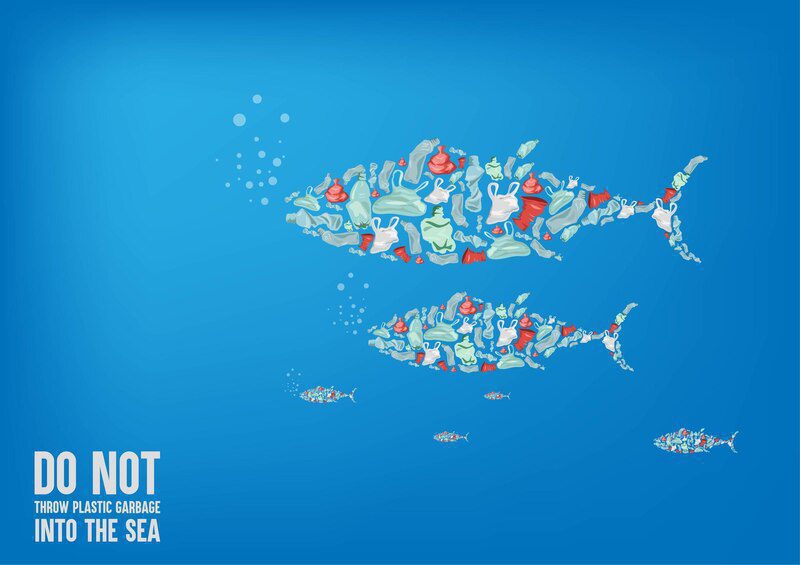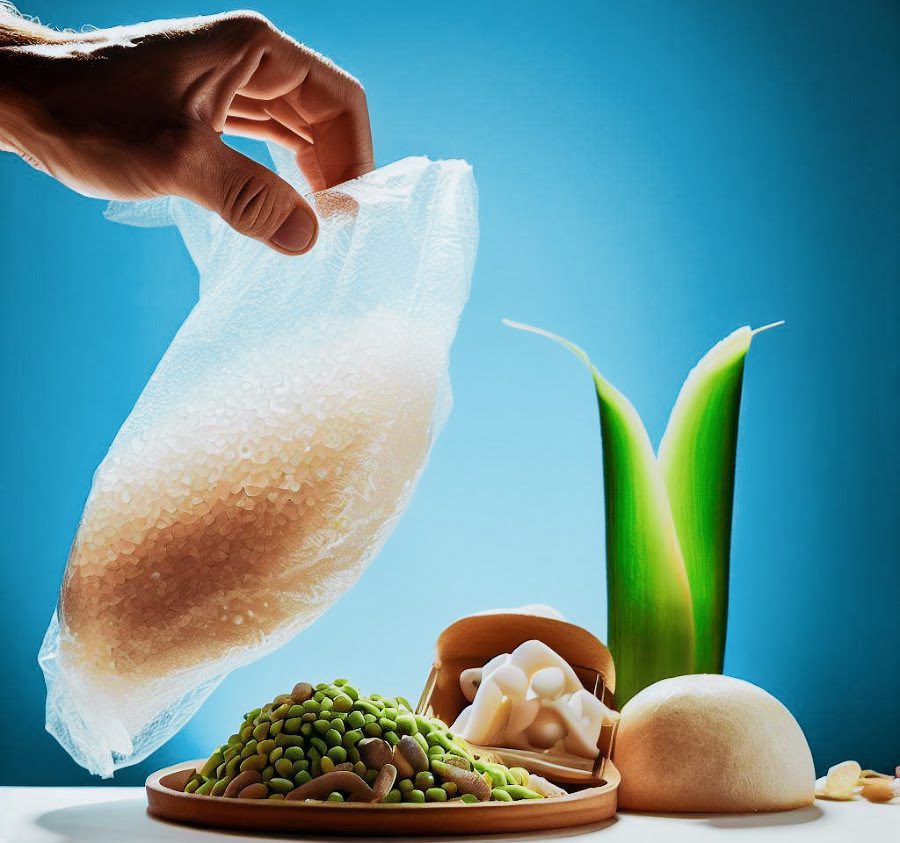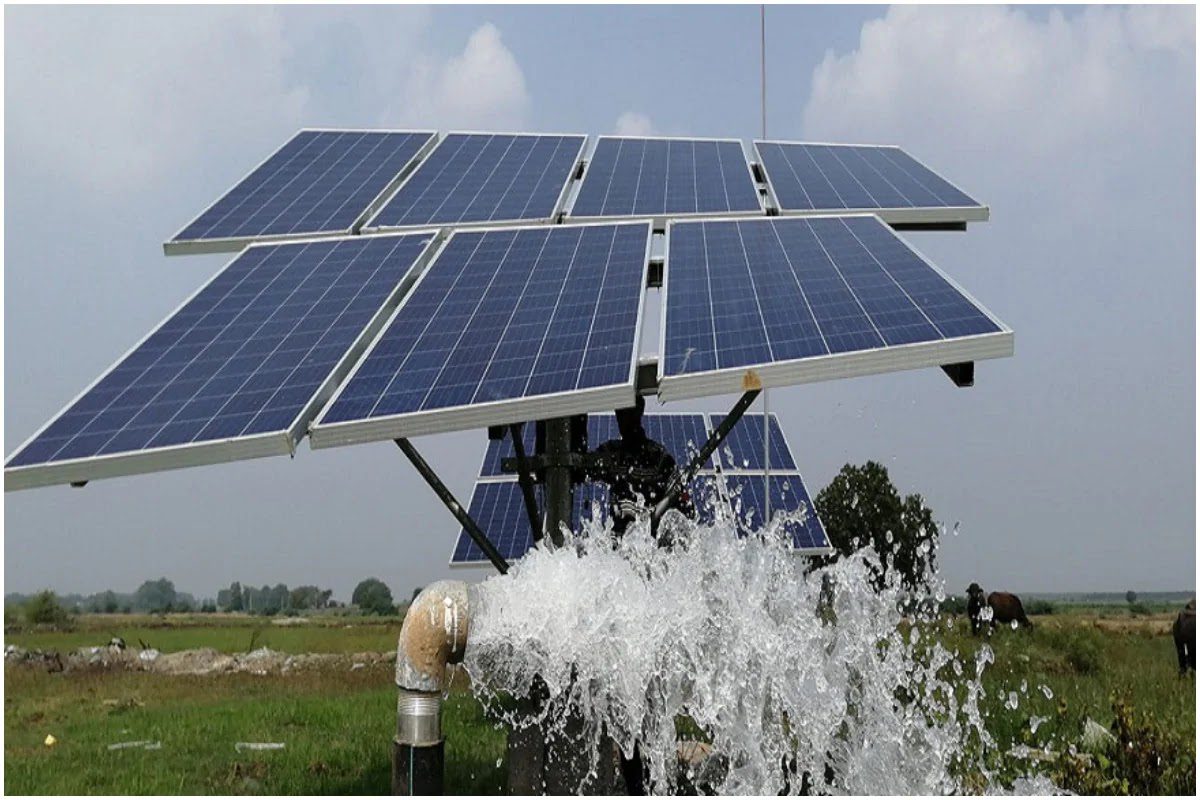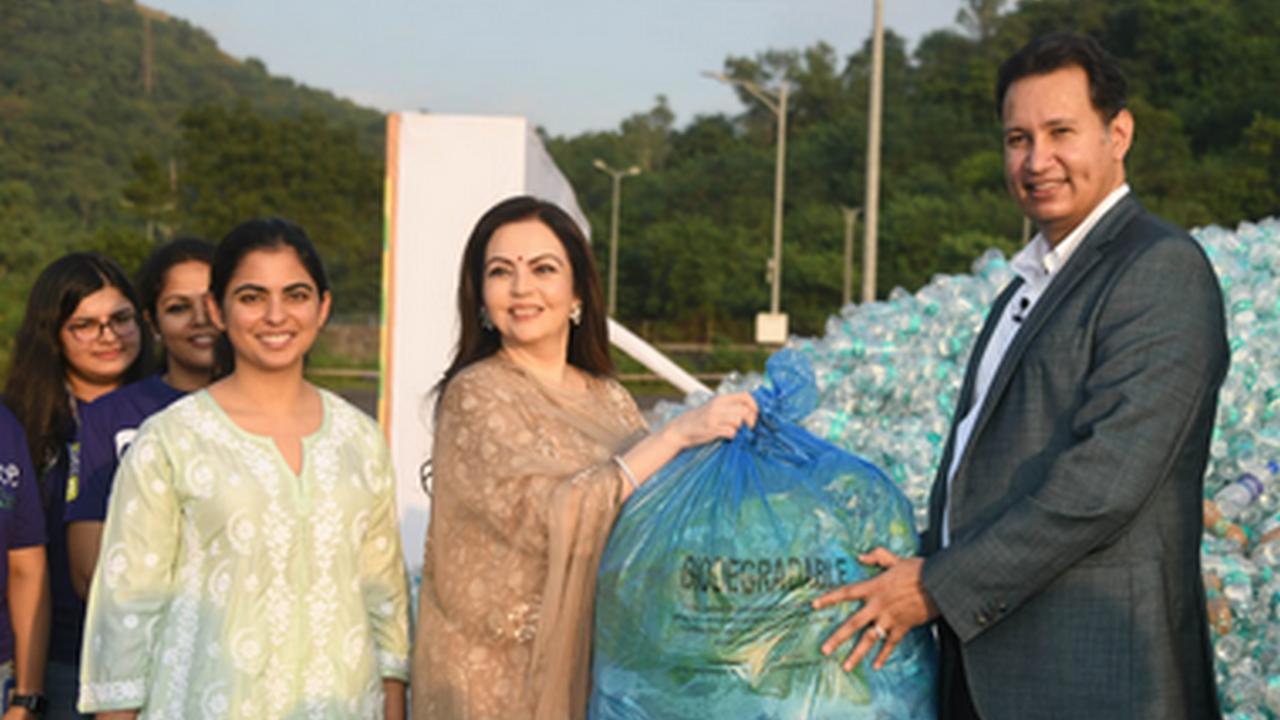In today’s world, plastic waste has become a pressing environmental issue.
The accumulation of non-biodegradable plastics in landfills and oceans has led to the formation of massive garbage patches, threatening marine life and ecosystems.
As a result, there is an urgent need for sustainable alternatives to traditional plastics.
Bioplastics, derived from biodegradable materials, offer a promising solution to this growing problem.
Let’s explore the potential of bioplastics as the future of packaging and examines how plant-based materials are challenging the dominance of traditional plastics.
Table of Contents
However, their environmental impact has raised concerns worldwide.
Bioplastics, also known as green materials, are derived from renewable sources such as plant biomass and offer an environmentally friendly alternative to conventional plastics.
Environmental Problems with Traditional Plastics
Traditional plastics, derived from fossil fuels, pose significant environmental challenges.
Their non-biodegradability means they persist in the environment for hundreds of years, contributing to the accumulation of plastic waste.

Landfills and oceans are overloaded with plastic waste, leading to the formation of garbage patches that harm marine ecosystems and wildlife.
Additionally, the chemicals present in plastics pose health risks to humans through exposure in various forms.
The Promise of Bioplastics
The increasing awareness of plastic pollution and the need for sustainable alternatives has fueled the demand for bioplastics.
Bioplastics, on the other hand, are designed to be biodegradable.
They can break down naturally over time, reducing the burden of plastic waste.
This feature makes them a compelling solution to the environmental problems associated with traditional plastics.
Bioplastics offer comparable performance and durability, making them suitable for a wide range of applications.
Furthermore, advancements in technology and research have led to the development of more accessible and cost-effective bioplastics in the market.
How are Bioplastics Made?
Bioplastics are produced using various methods and raw materials.
One common approach involves utilizing plant-based materials, such as cellulose, as the primary source.
Another method involves utilizing bacterial strains to produce biodegradable plastics, such as polyhydroxyalkanoate (PHA).

The manufacturing process typically involves extraction, purification, and polymerization of the raw materials, followed by shaping through processes like injection molding.
Types of Bioplastics
There are different types of bioplastics available, each with its own composition and characteristics.
Plant-based bioplastics utilize renewable resources such as corn, sugarcane, or cassava starch.
Cellulose-based bioplastics, derived from wood or agricultural waste, exhibit high strength and transparency.
Polyhydroxyalkanoate (PHA) bioplastics are produced by bacterial strains and offer a versatile and biodegradable alternative.
Applications of Bioplastics
Bioplastics find applications in various industries, including packaging, food service, agriculture, textiles, and medical devices.
In the packaging industry, bioplastics offer a sustainable alternative to traditional plastic packaging, reducing the overall environmental footprint.
They are used to create packaging materials for food products, reducing the reliance on traditional plastics.
Bioplastics are also utilized in the production of disposable cutlery and food containers, providing a more sustainable option for single-use items.
Bioplastics also play a role in agriculture, where they can be used for mulching films and biodegradable plant pots.
The textile industry is exploring the use of bioplastics in producing sustainable and eco-friendly fabrics.
Additionally, bioplastics have the potential to be used in automotive and electronic components, further expanding their applications.
Challenges and Limitations
While bioplastics offer significant advantages, there are also challenges and limitations to consider.
Cost remains a major factor, as bioplastics are currently more expensive to produce than traditional plastics.
Additionally, there is a need to ensure the performance and durability of bioplastics match that of their conventional counterparts.
Recycling and waste management of bioplastics pose additional challenges that need to be addressed to ensure their environmental benefits are maximized.
The Role of Consumers and Industries
The widespread adoption of bioplastics relies on the demand from consumers and the commitment of industries to embrace environmentally friendly alternatives.
Increased awareness of the environmental impact of plastic waste has fueled the demand for biodegradable materials.
Industries and research institutions are working together to develop sustainable practices and promote a circular economy, where materials are recycled and reused.
The Future of Bioplastics
However, the bioplastics industry still faces challenges such as cost-effectiveness, scalability, and the need for improved recycling infrastructure.

Overcoming these obstacles will be crucial for the widespread adoption of bioplastics and their integration into a circular economy.
As technology advances, there is immense potential for further improvements in bioplastic production and applications.
Continued research and development efforts aim to reduce the cost of production, enhance performance, and expand the range of available bioplastics.
Bioplastics have the power to revolutionize packaging and contribute significantly to reducing plastic consumption, mitigating global warming, and combating water pollution.
Bioplastics offer a promising alternative to traditional plastics, addressing the pressing environmental issues associated with plastic waste.
Their biodegradable nature, coupled with comparable performance, makes them an attractive choice for packaging and various other applications.
By promoting bioplastics, we can move towards a more sustainable future, reducing our reliance on non-biodegradable materials and contributing to the preservation of our planet.
FAQ
Bioplastics are designed to be biodegradable, but the rate of degradation depends on various factors such as environmental conditions and specific bioplastic formulations.
Bioplastics reduce the reliance on fossil fuel-based plastics, minimize plastic waste accumulation, and promote a circular economy where materials are recycled and reused.
Currently, bioplastics are generally more expensive to produce than traditional plastics. However, as technology advances and production scales up, the cost of bioplastics is expected to decrease.
While bioplastics have great potential, they may not completely replace all traditional plastics. Certain applications and industries may still require the unique properties of traditional plastics. However, bioplastics can significantly reduce the consumption of non-biodegradable plastics and promote sustainable practices.
Individuals can promote the use of bioplastics by choosing products packaged with bioplastics, supporting companies that prioritize sustainability, and advocating for improved recycling infrastructure. By making conscious choices, consumers can contribute to the wider adoption of bioplastics and a more sustainable future.
Related Posts







